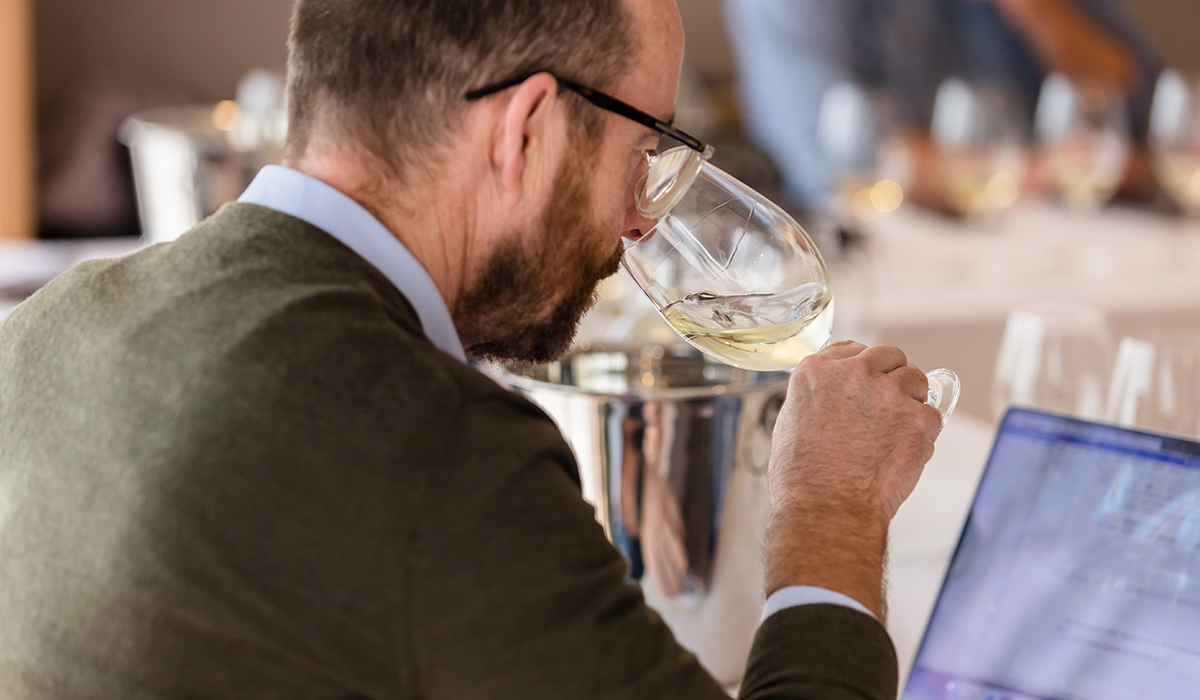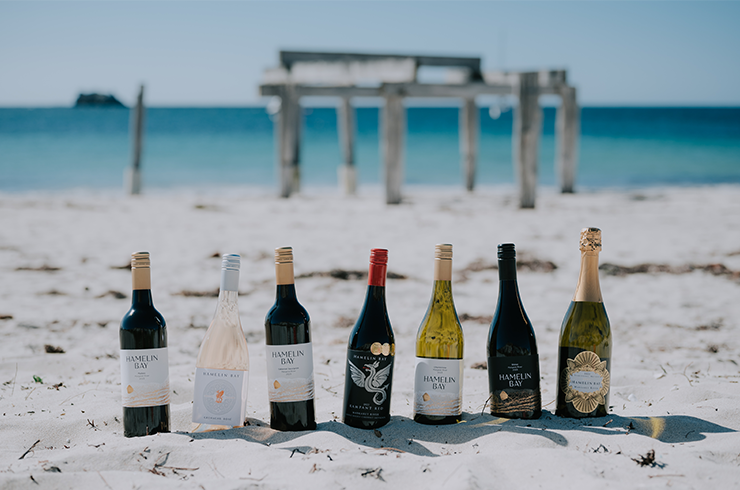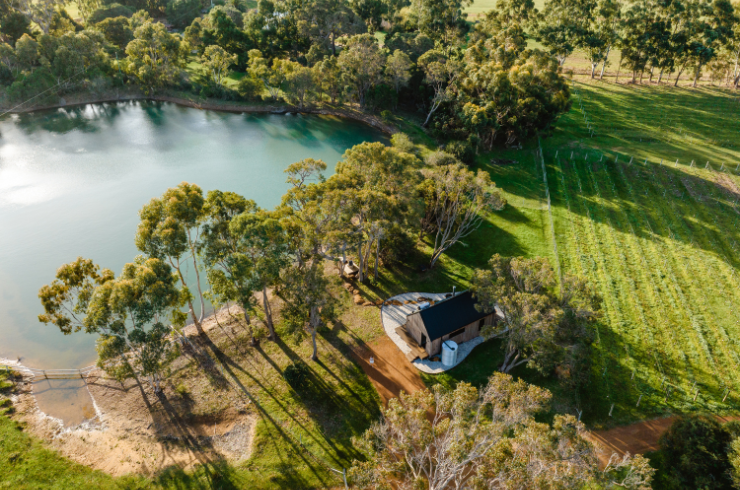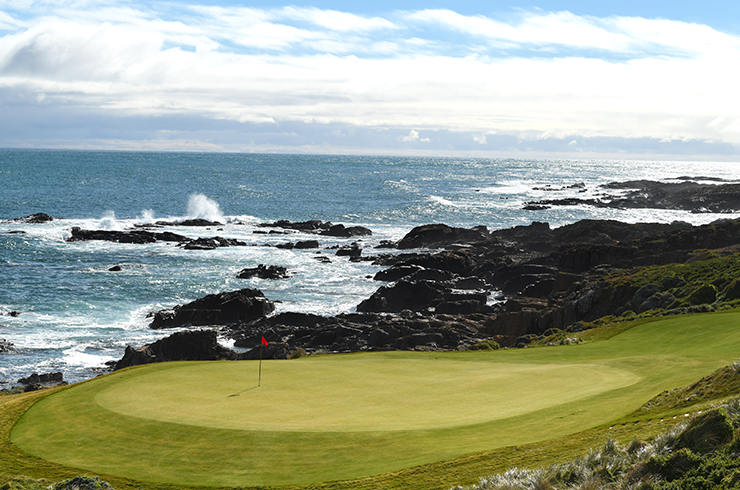The Australian wine market is a fine-tuned beast. In the lead up to the latest edition of the Halliday Wine Companion we decided to give the parameters we use to determine a wine’s ‘value’ a gentle nudge. These markers are used to trigger the Special Value rosette in the book. Little did we know the effect this minor change would have.
When I say nudge, I’m talking – on the whole – a few dollars here and a few dollars there at various pricepoints. We did this because these parameters hadn’t been updated in a few years and because, between-times, there’s been just a wee bit of inflation.
For example, for an 86-point wine to earn a value rosette in previous editions of the book, it had to be (full RRP) priced at $13 or below. Over $13, and it didn’t get a value rosette. Eighty-six points might not sound like anything to write home about, but the quality at that level is perfectly acceptable and if you can buy it for not much more than a tenner, then it deserves to be highlighted.

For the current edition, we moved this trigger point from $13 to $15 (or below). There are pricepoint triggers for every score all the way up to 100. Indeed it’s even possible for a $500 wine to be awarded the value rosette – though it has to achieve a perfect 100 point score to get it. No table wine in the history of the Companion has ever been awarded 100 points though, so this scenario is unlikely.
The table above is a (slightly abbreviated) list of the adjustments that were made to the value trigger points. As you can see, some trigger points didn’t move at all, some moved by a dollar or three, and some moved up to the nearest round number. The biggest change was the 95-point trigger, which moved from $35 to $50, on the basis that as soon as a wine moves in price north of $35 now, for good or ill, it tends to go straight to the $45–$50 mark.
Here’s where things start to get interesting. Given both that these trigger points were (over)due for an update, and that we’ve been living through extreme (upwards) price volatility, you might think that the number of wines caught in the value-rosette web might not change all that much, given the minor nature of the adjustments. That’s what I thought, anyway.
And so, it was a complete surprise when, as the book was being finalised, we realised that the number of wines awarded a Special Value rosette in the 2024 edition had doubled from the previous year.

But secondly, and more relevantly perhaps, it also said this: vintages like 2021, that have producers crowing in regions far and wide, are renowned for producing the best of the best wines, the real collectables. But what great vintages also do is trickle quality into all pricepoints, and that’s what we’re seeing here. Yes, the parameters have changed but also, there are masses of excellent wines on the market right now, at excellent prices. This is emphasised by the book’s major prize winners, a disproportionate number of which (compared to previous/recent years) are priced sub-$50. Chardonnay of the Year, Shiraz of the Year...the Wine of the Year – all are $50 or thereabouts.
And while $50 is still, I’d be the first to admit, a lot of money for most people to spend on a single bottle, when a wine at that price has out-scored and out-classed wines at 10 times that price – it suddenly looks like a pretty sweet deal.
-
Campbell Mattinson's top value wines from the 2024 Companion
-
Centennial Vineyards
Blanc de Blancs Non Vintage
Sparkling | Southern Highlands -
Adelina Wines
Polish Hill River Riesling 2022
Clare Valley -
First Creek Wines
Limited Release Small Batch Vermentino 2022
Hunter Valley -
Eldorado Road
Dreamfields Fiano 2022
Alpine Valleys -
Helen's Hill Estate
Breachley Block Single Vineyard Chardonnay 2021
Yarra Valley -
Delamere Vineyards
Pinot Noir 2021
Tasmania -
Peter Lehmann
The Barossan Grenache 2021
Barossa -
Mordrelle Wines
Malbec Lagrein Cabernet Sauvignon Shiraz 2021
Langhorne Creek -
De Iuliis
Cabernet Sauvignon 2021
Hilltops -
Yabby Lake Vineyard
Single Vineyard Syrah 2022
Mornington Peninsula
This article appears in issue #72 of Halliday magazine. Become a member to receive the print publication as well as digital access.













